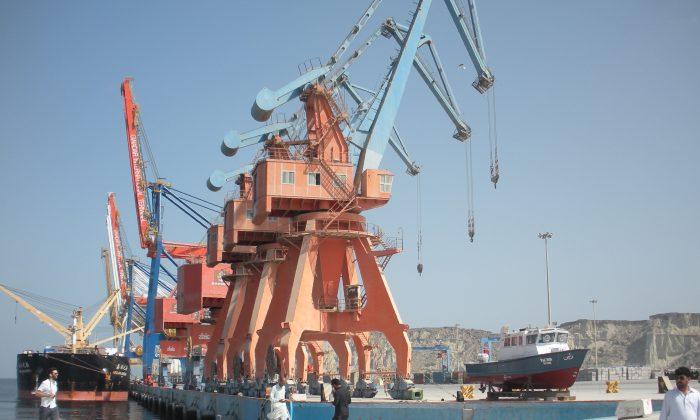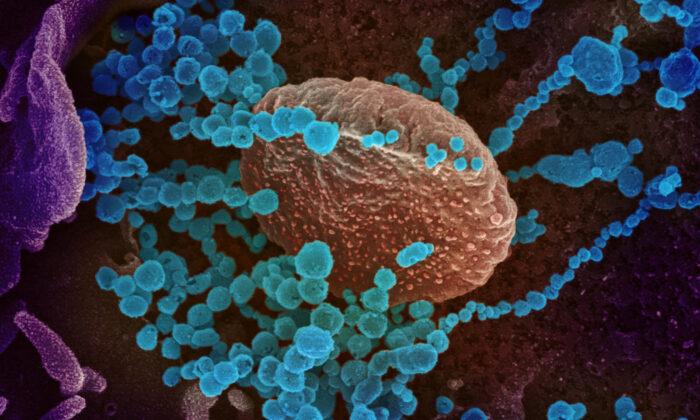Asad Qaiser, speaker of Pakistan’s National Assembly, announced on Twitter on April 30 that he self-quarantined after testing positive for the CCP (Chinese Communist Party) virus, commonly known as the novel coronavirus. Local media also reported that a number of senior Pakistani officials have also tested positive, including Sindh Governor Imran Ismail.
As speaker of parliament, Qaiser is a powerful figure. He is a senior leader of the Pakistan Justice Movement Party (the Pakistan Tehreek-e-Insaf, or PTI). He served as the speaker of a provincial legislature from 2013 to 2018. In July 2018, PTI emerged as the single largest party in the general elections for National Assembly. In August 2018, Qaiser was elected as speaker of the National Assembly. He won the position with 176 votes out of a total of 330 votes. PTI was founded in 1996 by former international cricket captain, Imran Khan, who is the current prime minister of Pakistan.
After winning the seat, Qaiser met Chinese ambassador Yao Jing on Aug. 27, 2018. During the meeting, Qaiser said that the two countries would work on deepening economic relations. Speaking at the China-Pakistan Economic Corridor (CPEC), Qaiser said that the project promises opportunities for the entire region and the Pakistani government would fully support its implementation. In response, Yao said China values its relations with Pakistan and wants to assist in developing the entire region.
On Sept. 9, 2018, Qaiser met with China’s Foreign Minister Wang Yi to strengthen bilateral relations. Referring to the CPEC, Qaiser said the project was a “game-changer” for regional development, and only made possible through mutual cooperation between Pakistan and China.
Meanwhile, Wang said China would continue to support Pakistan in technology, infrastructure development, and exploration of renewable energy resources.
The Chinese regime’s mouthpiece Xinhua said that Pakistan and China were “true friends and good brothers.” But the regime chose to honor its so-called “all-weather strategic partnership” with underwear masks.
In May 2017, Pakistan and China signed a $50 billion agreement that included full funding for the Diamer Basha dam and four other dams in the Indus River Cascade. Under the CPEC, construction of roads connecting Xinjiang in western China and Pakistan’s port city of Gwadar was promoted. In December 2017, Pakistan also agreed to accelerate the construction of nine industrial parks as part of the CPEC.
On Jan. 2, 2018, Pakistan’s central bank allowed the Chinese yuan to be used for bilateral trade and investment activities, replacing the U.S. dollar for transactions in CPEC projects.
In Feb. 2018, the Pakistan Air Force inaugurated a new JF-17 (a combat aircraft developed jointly by Pakistan and China) fighter squadron in Quetta, Balochistan province.
In June 2018, the Pakistan Navy confirmed its contract to acquire two Type 054A frigates from China.
These active bilateral relations with the Communist regime have pushed Pakistan into a debt trap. In July 2018, the State Bank of Pakistan borrowed $2 billion from China. Chinese loans to Pakistan stood at $6.5 billion in the fiscal year of 2018.
Maintaining “all-weather” diplomatic relations with the Communist regime may sound attractive, but speaker Qaiser and other Pakistani officials ended up contracting the CCP virus, a pathogen originating from China. The question is: did Pakistani officials learn any lessons from this?




